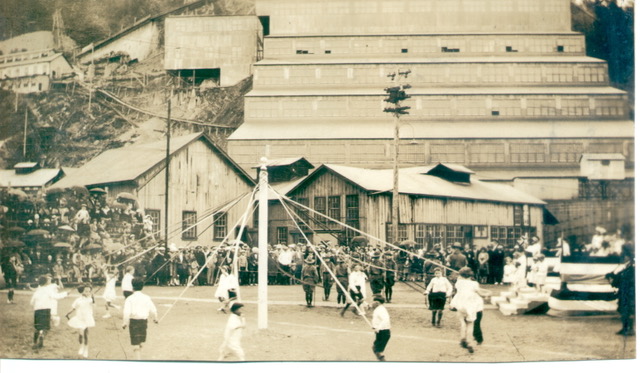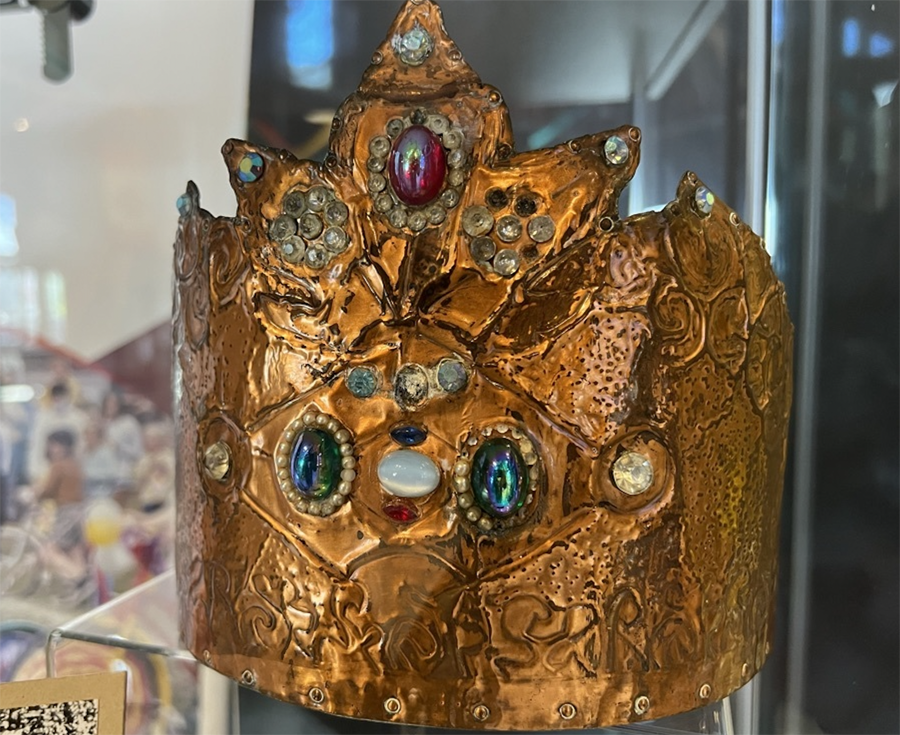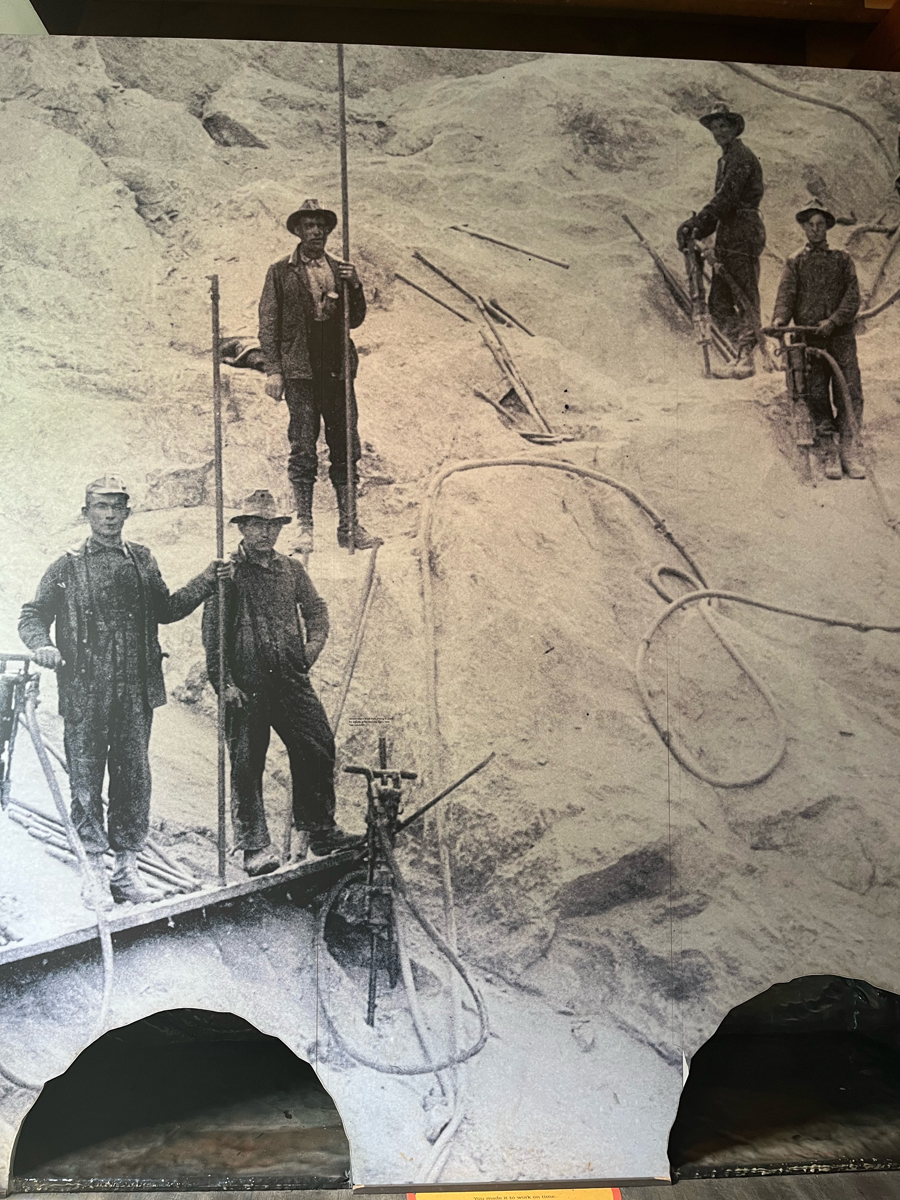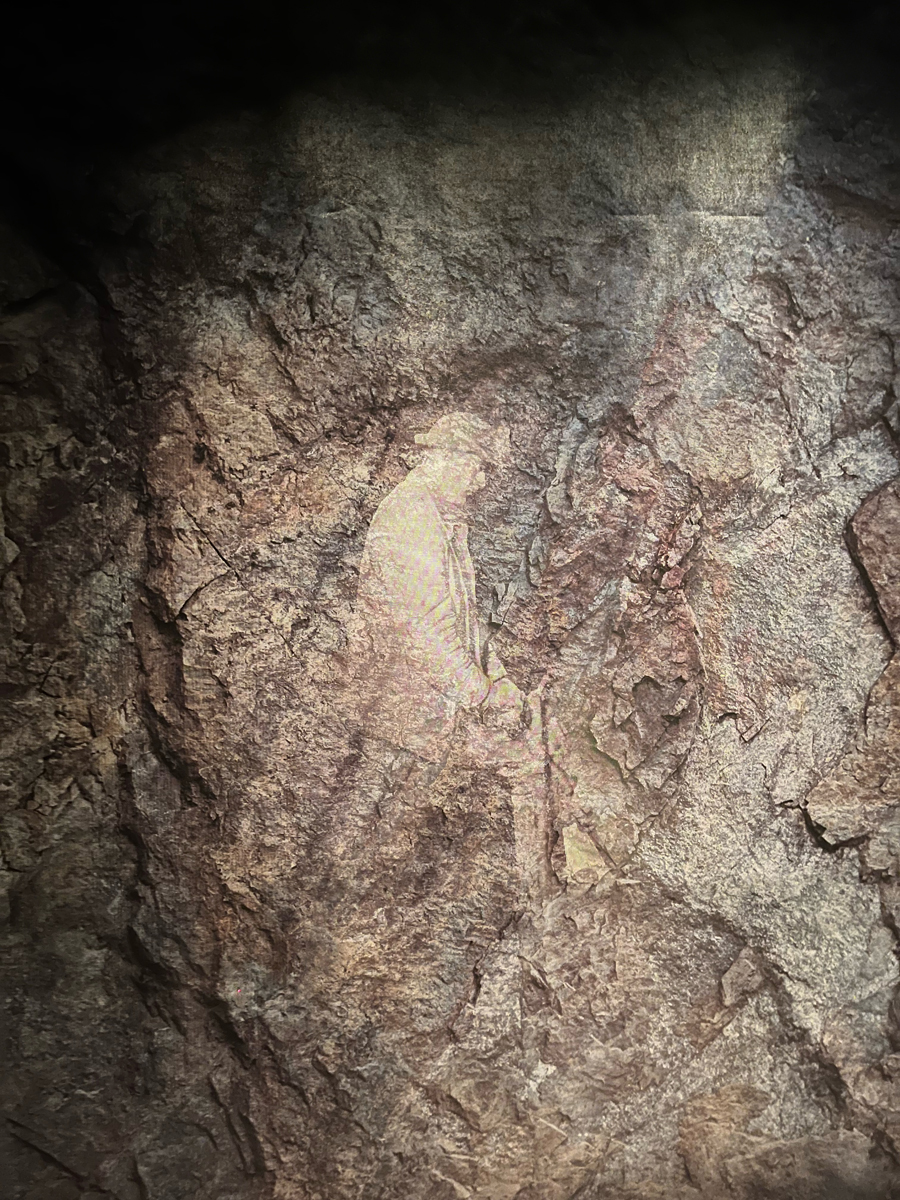Amanda Stutt | June 24, 2022 |

Maypole Dancing, 1939. Image from Britannia Mine Museum.
British Columbia’s Britannia Mine Museum has launched a new summer exhibit that takes a nostalgic look back on the recreational activities and social gatherings that built resiliency in its two former remote mining communities; Mount Sheer Townsite and The Britannia Beach, which were isolated from the world and accessible only by boat.

It was the late 1880s when prospectors from Texada Island first surveyed the Squamish area for gold, it was one of them, Dr. Alexander Forbes, who staked claims and is credited as the mine’s founder. In 1898 trappers discovered sulphided copper ore in a mineralized schist. More mining claims ensued, eventually leading to the establishment of Britannia Mining and Smelting Company.
More than 60,000 people from over 50 different countries lived and worked at Britannia from 1904-1974, which was at its peak one of the largest copper mines in the world. Britannia has over 100 miles of underground workings and some 67 miles of diamond drill holes. The mine produced during its life 750 million pounds of copper from 35 million tonnes of ore.
Visible from the sea to sky highway, the iconic Britannia Mines Concentrator, a historic site with a Canadian Federal Heritage designation, was originally built up the rock face of Mount Sheer at the edge of Howe Sound, 28 miles north of Vancouver.
Not all work and no play
To strengthen social ties within the isolated communities, the Britannia Mining and Smelting Company ensured there were plenty of recreational facilities and events for workers and their families, like libraries, a movie theatre, club rooms, billiard rooms, tennis courts, a bowling alley and a swimming pool.
Social calendars saw sporting events, theatrical productions, dances, movies, and parties held throughout the year, culminating in the famed annual Queen of the copper mine pageant, where there were great festivities, some fierce competition, and the winner emerged with a jewel-laden copper crown.

Copper Queen crown at Britannia Mine Museum. Image by Henry Lazenby.


A road, completed in 1952 finally connected the Townsite and Beach communities.
Pioneering flotation innovation technology
According to the museum, Jack Ross, one of Canada’s most prominent mining engineers, noted that Britannia was a leader in the field and developed a new way to extract metals, which was copied in many other mines.
Britannia pioneered the Froth Flotation System – reportedly invented by Carrie Everson, a woman who patented a process for concentration to be used in the mining industry in 1886 but ultimately never got credit, according to a report authored by Dawn Bunyak : The Inventor, the patent & Carrie Everson: Defining success.
After several temporary shutdowns over the years due to fluctuating copper prices, the Spanish flu pandemic, a catastrophic flood, and a strike in 1964 that halted the mine for seven months, it closed for the last time in November 1974.
Today, the museum oversees 23 historic industrial, administrative and domestic buildings, over 7,000 artifacts, 9,500 archive photos and 3,000 archival documents and maps. The new exhibit showcases previously unseen objects, photographs, and films that cast light on the community culture and traditions that strengthened the remote towns.
“Reflecting on the past two years, we felt it was important to look back at how the Britannia residents kept up their active community life in isolation,” said Laura Minta Holland, Curator of Collections and Engagement at the Britannia Mine Museum.
“The Britannia residents created family-friendly environments where the community celebrated and supported each other, which built and strengthened their sense of community.”
This summer’s exhibits and activities include the Copper Quest underground mine train, taking visitors into the mountain for a drilling demo, outdoor gold panning, and within the historic 20-storey concentrator Mill building a multisensory special effects show that recreates the sights, sounds and smells the workers experienced each day.
Learn more here.
No comments:
Post a Comment